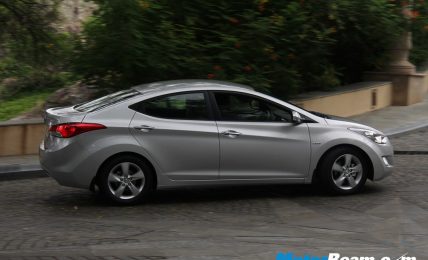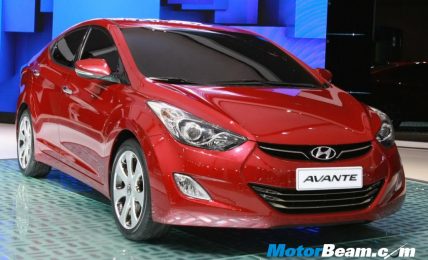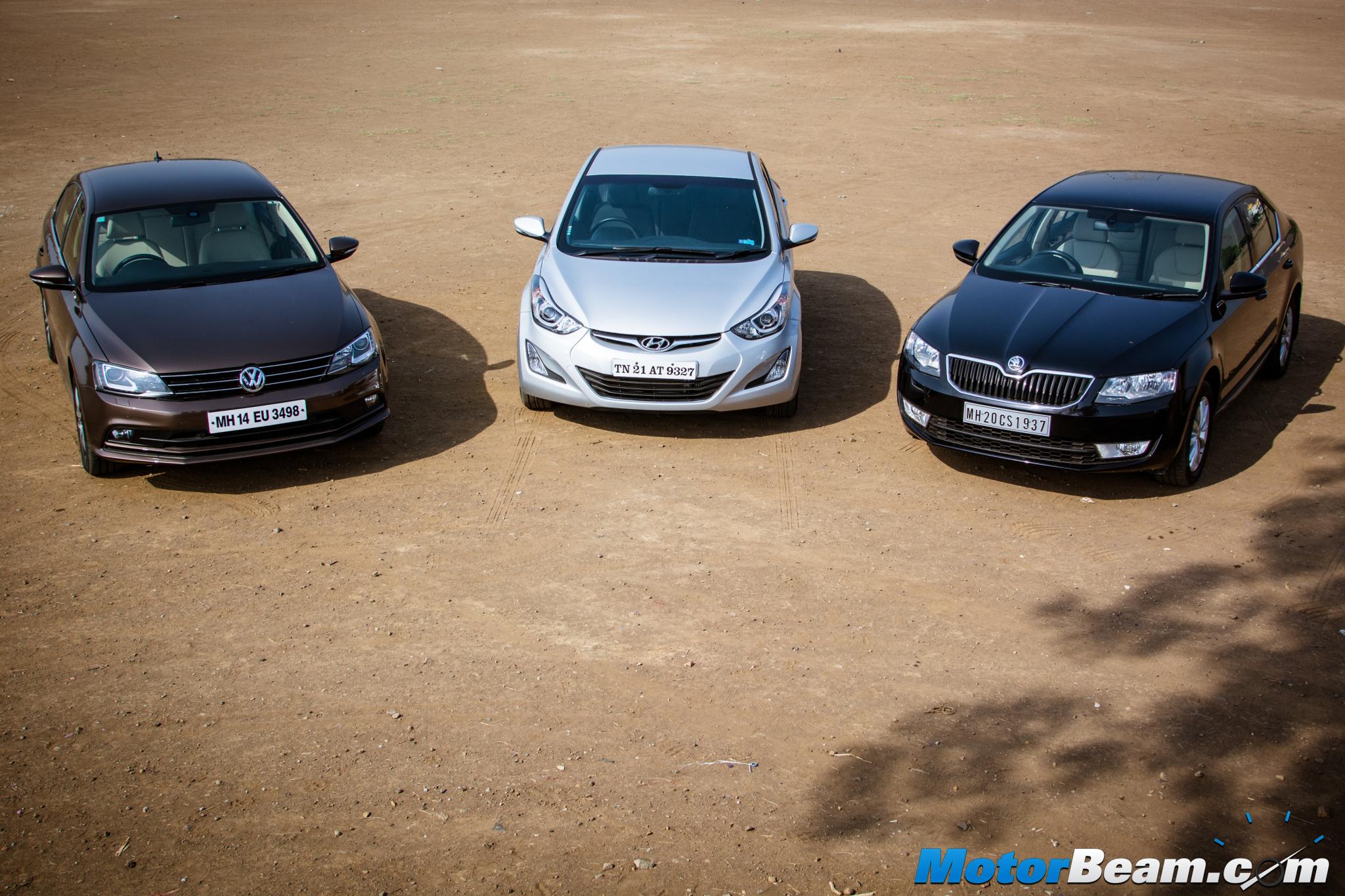The flagship Hyundai sedan measures just over 4.5-metres
The 2.0-litre petrol engine offers good punch in city and highway usage
I love the all black interior theme and the front seat offers some good support which makes long drives comfortable. I haven’t, yet, had the opportunity to be chauffeured around and hence will reserve my judgment of the rear seat until a later date (probably in the second report). After the deregulation of diesel prices by the Government, the gap between the prices of petrol and diesel has never been closer. This has got petrol cars in demand again.
The 2.0-litre petrol engine has excellent refinement levels
Our Elantra is powered by Hyundai’s new 2.0-litre gasoline engine which made its debut with the sixth generation of the car. While I love diesel cars for their torquey nature, the petrol-powered Elantra is surprisingly quick with the 150 HP and 192 NM being put to good use. Engine refinement deserves a special mention here. This engine is so smooth and NVH levels are excellent. You can barely tell if the car is on. Certainly, ticks the right boxes for those who are looking for performance and refinement on the same page.
The body structure is rigid and yet quite agile
The Elantra offers a fantastic ride, filtering bumps from being felt inside
With the body structure being more rigid, Hyundai has tuned the suspension a tad bit on the stiffer side as compared to the previous generation car. This has drastically improved the handling characteristics. The car feels quite stable at high speeds, doesn’t feel bouncy at all, something which was an issue with the previous generation model. Steering feedback has vastly improved too but still not in the same league as some of the German competition but then the Germans have issues of their own.




